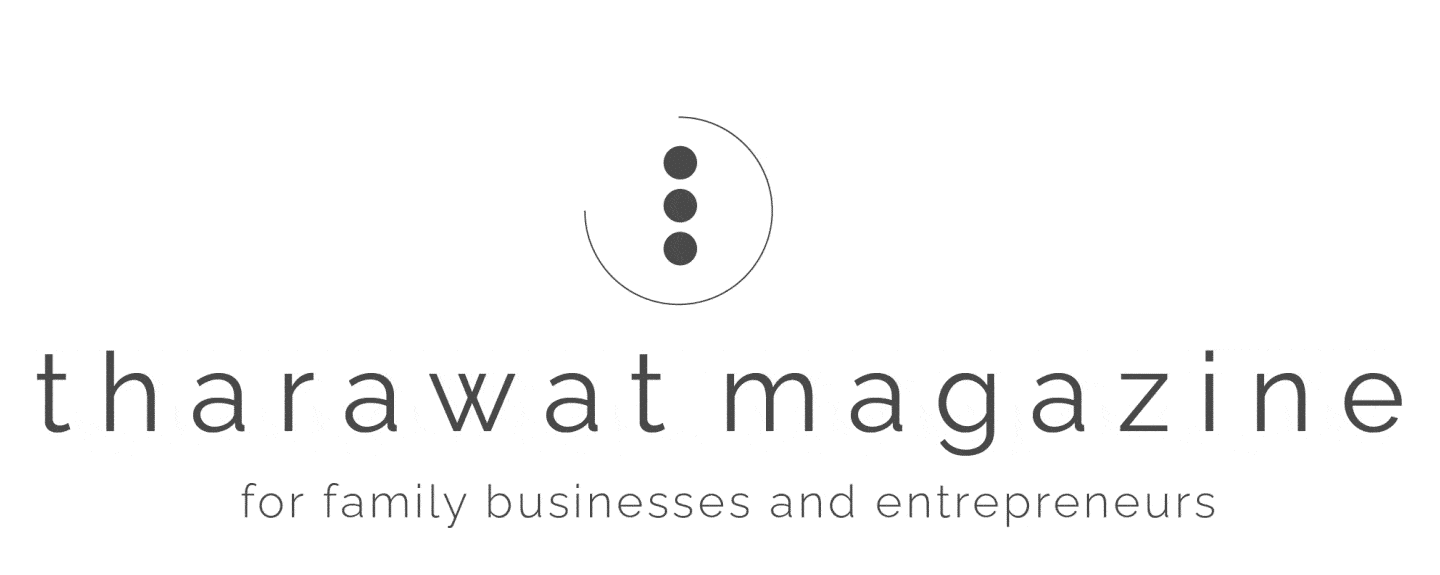
The demand for family business education is quickly growing and so is the number of business schools that are introducing family business courses and programs in their curricula. However, family business scholarship is still a relatively young field that develops quickly and eclectically, which puts educators in special need of guidance relating to how to identify and select learning resources that can be used to teach family business in their courses. This has motivated Prof. Alfredo De Massis and Dr. Josip Kotlar from the Centre for Family Business of Lancaster University Management School to develop a resource review that organizes and maps existing learning resources for family business education at undergraduate, masters and executive levels. The review is a valuable resource for business schools globally, especially for instructors teaching stand-alone family business courses or emphasising family business issues in other core management courses. The goal of the review is to provide a comprehensive overview of resources for family business educators, and to identify areas in need for further development.
Prof. De Massis and Dr. Kotlar carefully read and thoroughly examined the syllabi of family business courses from around the world, and identified four types of learning resources commonly used: books, teaching case studies, films, and magazines. The analysis included courses at the executive, masters and undergraduate levels held in South America, North America, Europe, Asia and Middle East. The authors’ work, sponsored by the Family Owned Business Institute through the Research Scholars Program, was published in the leading journal Academy of Management Learning and Education (link).
The article provides access to an indexed database of 120 books with structured information about year of publication, authors, title, publisher, type of publication, geographical region and target readership. The list includes manuals, textbooks, collections of articles and cases, handbooks, biographies and bibliographies, graphic novels, and research books. The article also includes a list of 59 teaching case studies that cover family businesses operating in different geographical areas and industries, and an extensive list of films of different types and duration that can be used by family business educators to stimulate students’ attention and offer a means to visualise theoretical concepts and issues in practice.
Finally, the article reviews a number of published magazines that explicitly focus on family businesses, including Tharawat magazine. This review points to the important contribution of magazines as a learning resource to family business education. According to Prof. De Massis and Dr. Kotlar, magazines can offer updated information about up-to-date and “hot” issues relevant real cases, a wealth of international perspectives, and opinions from industry leaders and other experts that can be contacted by students and become an invaluable resource for connecting their theoretical knowledge with practice.
In sum, this review revealed a number of learning resources that are potentially useful for helping business school students to appreciate and deal with family business issues. The review also points to a divide existing between research and education that could limit the possibility of classrooms to benefit from research findings, and prevent research studies from being rooted in the realities of the classroom. To address this divide, the authors offered a number of directions for future work that can be used by scholars to expand and further enhance the pool of learning resources available for family business education.
The full lists of classified resources for family business education can be downloaded from the website of the Lancaster University’s Centre for Family Business, in the section “Resources for Family Business Education”









